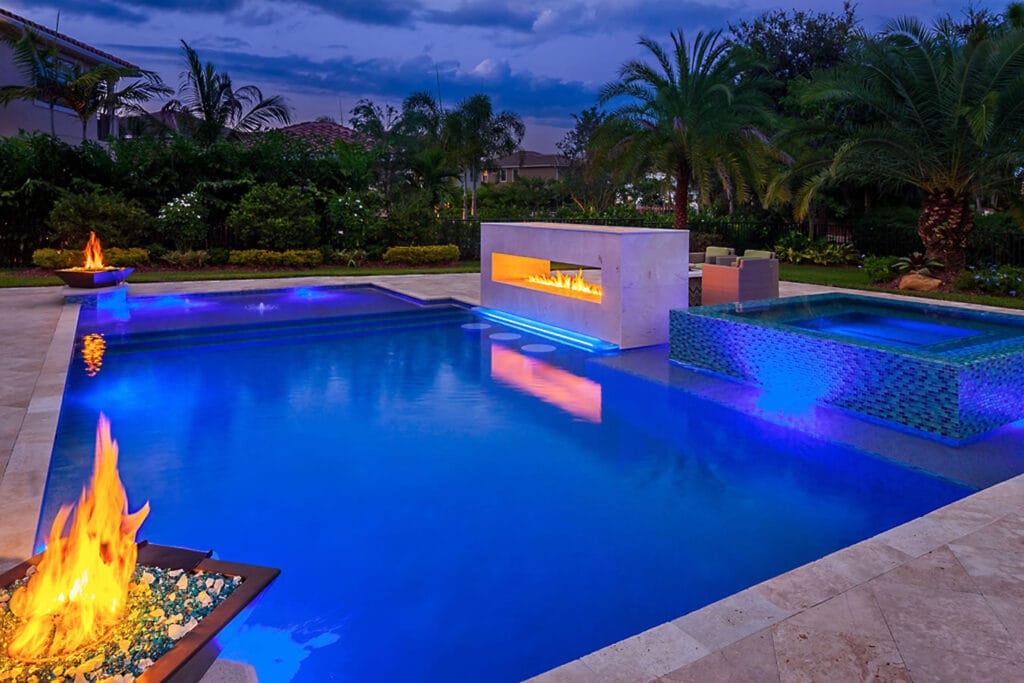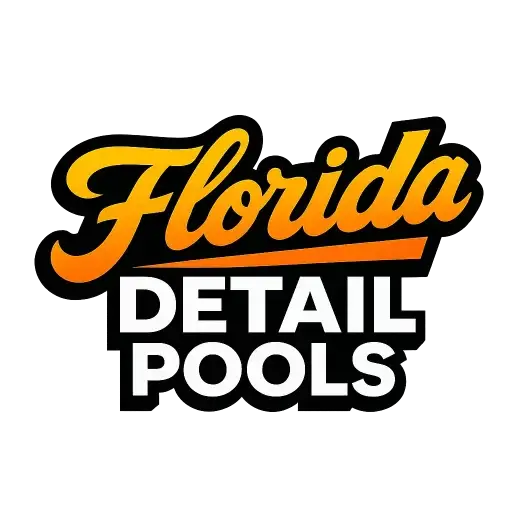Step-by-Step Guide to Balancing Pool Chemicals in North Port
For many homeowners in North Port, Florida, balancing pool chemicals can feel overwhelming. Between heavy rains, intense sun, and year-round use, keeping your water chemistry in check requires consistency and the right approach. That’s why we’ve created this step-by-step guide to balancing pool chemicals—so you’ll always know what to do, when to do it, and how to keep your pool in top condition.
Why Pool Chemistry Matters
Before diving into the steps, it’s important to understand why proper balance is crucial:
- Swimmer Safety – Incorrect chlorine or pH levels can cause irritation or even allow bacteria to thrive.
- Equipment Protection – Imbalances corrode metal parts and damage heaters or filters.
- Water Clarity – Cloudy or green water usually signals chemical imbalance.
- Cost Savings – Balanced water prevents expensive damage and emergency treatments.
👉 Related read: Top 5 Filter Cleaning Hacks That Save Time and Money in North Port
Step 1: Test Your Pool Water
Accurate testing is the foundation of pool care. Use test strips, a liquid kit, or a digital reader to check:
- pH
- Chlorine levels
- Total alkalinity
- Calcium hardness
💡 Pro Tip: Test water twice a week in summer or after every heavy rainfall. Storms in North Port can dilute chlorine and shift balance in hours.
Step 2: Adjust the pH
The ideal pH range is 7.2–7.6.
- Too low (<7.2): Water turns acidic, irritating skin and corroding equipment.
- Too high (>7.6): Chlorine loses effectiveness, leading to cloudiness.
Adjustments:
- Add soda ash (pH increaser) if low.
- Add muriatic acid if high.
👉 Related read: How to Restore a Green Pool to Sparkling Water in Punta Gorda
Step 3: Balance Total Alkalinity
Alkalinity keeps pH stable. Ideal range: 80–120 ppm.
- Low → causes wild pH swings.
- High → leads to cloudy water and scaling.
Adjustments:
- Add baking soda to raise alkalinity.
- Add muriatic acid to lower it.
💡 Always balance alkalinity before fine-tuning pH.
Step 4: Maintain Chlorine Levels
Chlorine kills bacteria and algae. Ideal range: 1–3 ppm.
- Too low → unsafe water.
- Too high → skin and eye irritation.
Ways to maintain chlorine:
- Chlorine tablets for steady release.
- Shock the pool weekly.
- Consider a salt system for a gentler approach.
👉 Related read: Weekly Pool Maintenance Checklist Every North Port Homeowner Should Follow

Step 5: Shock the Pool Weekly
Even if chlorine seems fine, shocking removes contaminants and keeps water crystal clear.
Shock after:
- Storms
- Pool parties or heavy use
- Cloudy or green water
💡 Do it in the evening so chemicals work overnight.
Other Key Factors
- Calcium Hardness (200–400 ppm): Prevents etching or scaling.
- Cyanuric Acid (30–50 ppm): Stabilizer that protects chlorine from Florida’s sun.
Local Challenges for North Port Pools
- Frequent storms → dilute chemicals fast.
- Year-round use → no downtime for recovery.
- High heat → accelerates chlorine evaporation.
- Debris from trees → constant organic contamination.
These conditions make weekly professional pool service invaluable.
Expert Tips for Easier Pool Care
✔️ Test often (2–3x weekly in summer)
✔️ Keep a log of test results
✔️ Add chemicals gradually
✔️ Run pumps daily for circulation
✔️ Hire pros for precision balancing
Final Thoughts
Don’t let unbalanced water ruin your swim. With proper testing, adjustments, and weekly maintenance, your North Port pool can stay sparkling clear all year.
👉 Keep your pool safe and swim-ready! Book weekly service at FloridaDetail.com today.
For more smart living tips and poolside inspiration, check out UnlimitedManiac.com.
